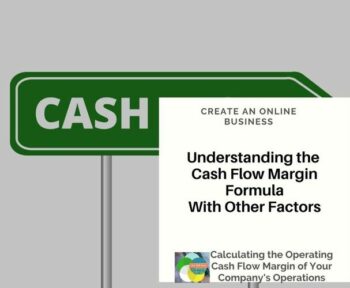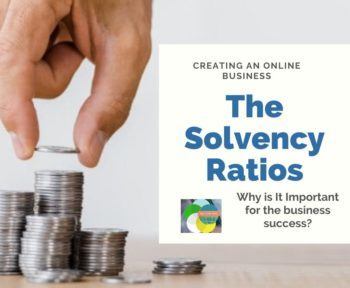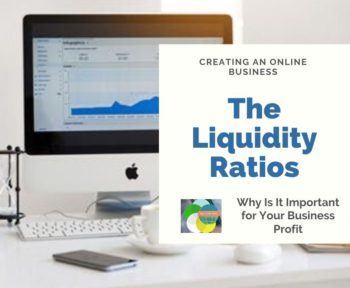If you are an investor, there is a good possibility that you are seeking for a trustworthy method to keep track of how well your money is going. Calculating the time-weighted return, also known as TWR, is the approach that is utilized the vast majority of the time when attempting to evaluate the efficiency of an investment portfolio.
While taking into account both incoming and outgoing cash flows, the total wealth ratio (TWR) calculates the compound rate of growth of an investment portfolio. Continue reading if you want to learn more about the time-weighted return and how to use it to analyze how well your assets have performed.

This Is An Explanation Of The Time-Weighted Return.
A real reflection of the success of an investor’s portfolio may be found in the time-weighted return, also known as TWR. This is due to the fact that it solely represents the influence of the market and the choices you make about your investments. To put it another way, the TWR is intended to recompense you in some way, regardless of how frequently you add money to or take money out of your account.
This is in contrast to other portfolio measurements, such as computing a personal rate of return (PRR), which might be thrown off by the amount of money coming into and going out of the portfolio at any one time.
The TWR approach examines whether or not and when a deposit or withdrawal was made, and then it segments an investment portfolio’s total return into sub-periods that correspond to those events.
This method is also known as the “geometric mean,” which is just a fancier way of expressing that the returns of each sub-period are multiplied by one another. Regardless of what name you give it, the end result is the same.
Instructions For Figuring Out The Time-Weighted Return.
To begin, you will need to compute the rate of return for each of the subperiods that you have chosen. To do this, take the ending balance of the period and deduct it from the beginning balance of the period.
This will give you the new beginning balance for the period. After that, divide the difference by the initial balance at the beginning of the term.
Create a new sub-period for each time when the portfolio had a change in the amount of cash that was held inside it. This will result in many periods during which a rate of return is earned. Make sure that you add “1” to each of the return amounts; doing so will help you compute negative return numbers in a more straightforward manner.
Finally, your total annualized return (TWR) may be calculated by multiplying the rates of return for each subperiod and then deducting “1.” The formula may be written as follows:
TWR = [(1 + HP^1) x (1 + HP^2) x … x ( 1 + HP^n )] – 1
A Real-World Illustration Of The Time-Weighted Return
Suppose you decide to put $500,000 into Portfolio A on the 31st of December. Your investment portfolio has increased to a total of 526 709 dollars by the first of June the following year. Following this, you make an additional deposit of $50,000 into the account, bringing the total to $576,709. Your portfolio ended the year with a total value of $537,908, which is a reduction from the beginning of the year. This provides you with a return for the first term of:
($526,709 – $500,000) / $500,000 = 5.34%
The rate of return was recalculated to reflect the new deposit after you made an addition to the deposit total.
Last but not least, in order to get the TWR for each of your periods, you must multiply the rates of return for each subperiod together. The first time frame is the amount of time that passed before you made your deposit, and the second time frame is the amount of time that passed after the deposit was made.
TWR = [(1 + 5.34%) x (1 + -6.72%)] – 1 = -1.73%
The Significance Of Taking Into Account The Time-Weighted Return
It can be difficult to ascertain the true rate of return on an investment portfolio when money is constantly being added to and removed from the holdings within the portfolio. Unfortunately, it is not possible to simply subtract the beginning balance from the ending balance of a portfolio because you will also need to factor in any deposits to and withdrawals from the account.
This is because you will need to take into account any transactions that took place during the period. In that case, the return on the portfolio will be impacted negatively by the cashflow.
When you use the TWR, you will have the ability to segment the return into sub-periods that are based on the times that money is added to or removed from the portfolio. After then, this approach gives you a return for each each subperiod.
Your computation will be more accurate if you separate the cashflow into sub-periods or intervals rather than just taking the difference between the starting and ending balances. The TWR indicates how the return will compound over time by multiplying each sub-period by itself and then adding those results together.
TWR is a typical performance measurement that is utilized since investment managers do not have control over the cashflow that occurs inside their portfolios. Because the internal rate of return (IRR) is more sensitive to changes in the amount of money available, this metric is frequently chosen instead of the IRR.
The Time-Weighted Return Has Certain Potential Drawbacks.
Tracking and calculating cashflow while utilizing TWR is a fairly complicated process, despite the fact that it is the norm in the business. The computation of your return may be affected negatively if you make frequent additions and withdrawals of money from your portfolio.
However, the money-weighted rate of return is the metric that a number of investors opt to use instead. Through the use of this technique, you will ensure that the present value of each and every cashflow is equivalent to the value of your initial investment.
The Final Thought.
TWR is simply one of the many methods that you may assess the success of your assets; but, when comparing the returns that various investment managers generate for their clients, it is often regarded as the gold standard.
Having said that, TWR isn’t foolproof; due to the fact that cash moves in and out of accounts on a regular basis, it may be difficult to compute. However, if you use the method accurately, it may be an excellent tool for providing an exhaustive accounting of the development of your investments.
Advice For Potential Investors
Even though the TWR is a helpful tool, you should still do a few more calculations before making a final decision about whether or not to continue through with an investment. There are many helpful tools available for free on SmartAsset. The risk tolerance calculator will assist you in determining the level of risk you are comfortable with, and the investment calculator will demonstrate how the value of a security will increase over time.
Consider speaking with a financial professional if you are uncertain as to whether or not the TWR is providing you with the complete picture of a certain investment. It is not necessary for it to be difficult to locate the appropriate counsel who can meet your requirements.
It just takes five minutes for the free service provided by SmartAsset to connect you with local financial experts. Get started right now if you are prepared to be matched with local advisers who will assist you in achieving your financial objectives if you are ready to get started.









